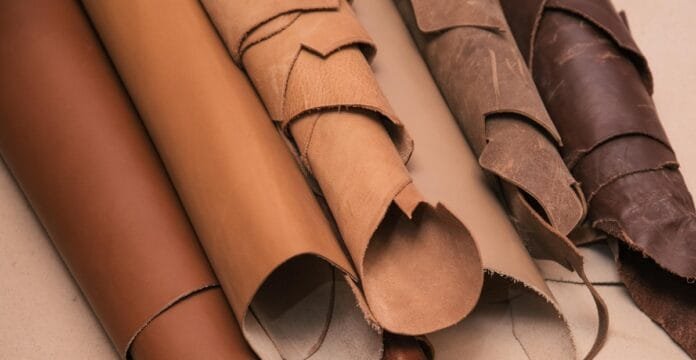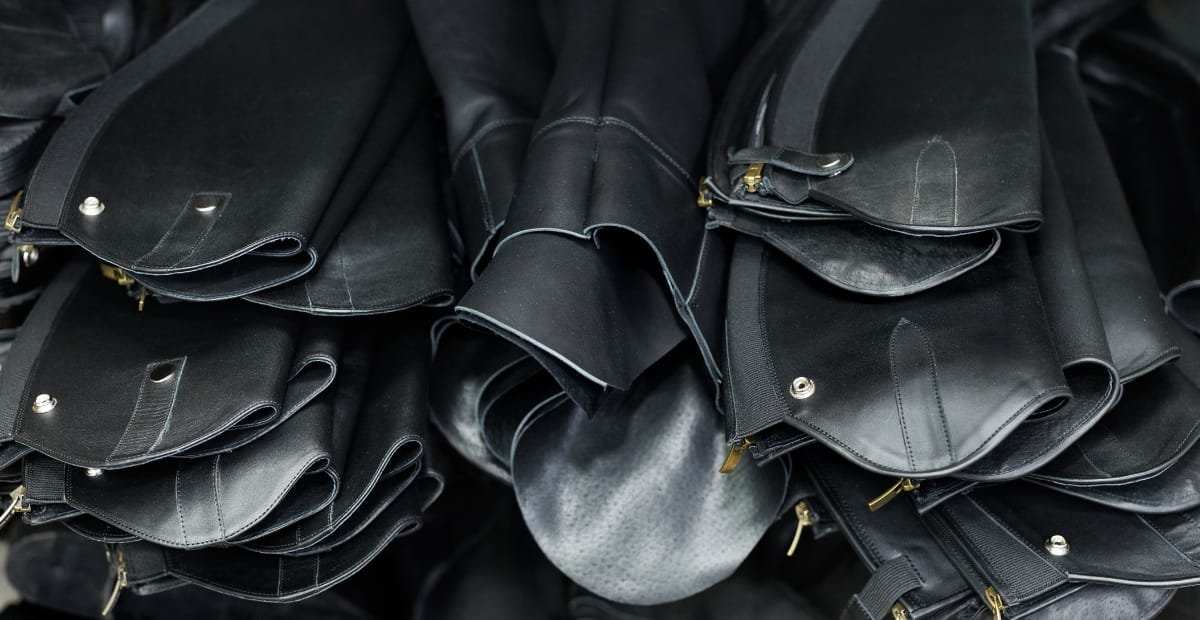In the contemporary materials landscape, flexible buffalo leather captures our attention. It offers the strength of a buffalo hide alongside ease of flexibility. This blend has captured attention in the fashion, furniture, and accessories industries. What is the reason of of buzz. What is the reason behind its value?
In this article, we discuss its origin, use, global producers, and its environmental impact.
A Brief History of Buffalo Leather
Buffalo leather has a long engrained history. People used buffalo leather to create armor, tools, tents, and clothing because the hides offered strength and warmth. Buffalo hide has always been thicker, stronger, and coarser, preferring to cowhide.
Improvement in technology has led to treatment of the leather. Tanning processes were adapted to make buffalo hides softer. This gave rise to flexible buffalo leather, a material strong enough to endure and soft enough to wear.
What Is Flexible Buffalo Leather?
Flexible buffalo leather comes from the water buffalo. It goes through a treatment process that increases softness but retains durability. Full grain leather ensures durability and softness by retaining the hide’s top layer with its natural grain.
It has:
- Deep and bold filigree patterns.
- Resilient to damage.
- Excellent post-treatment pliability.
- Rich and earthy aesthetics.
Its unique combination of comfort and strength makes it extremely adaptable.
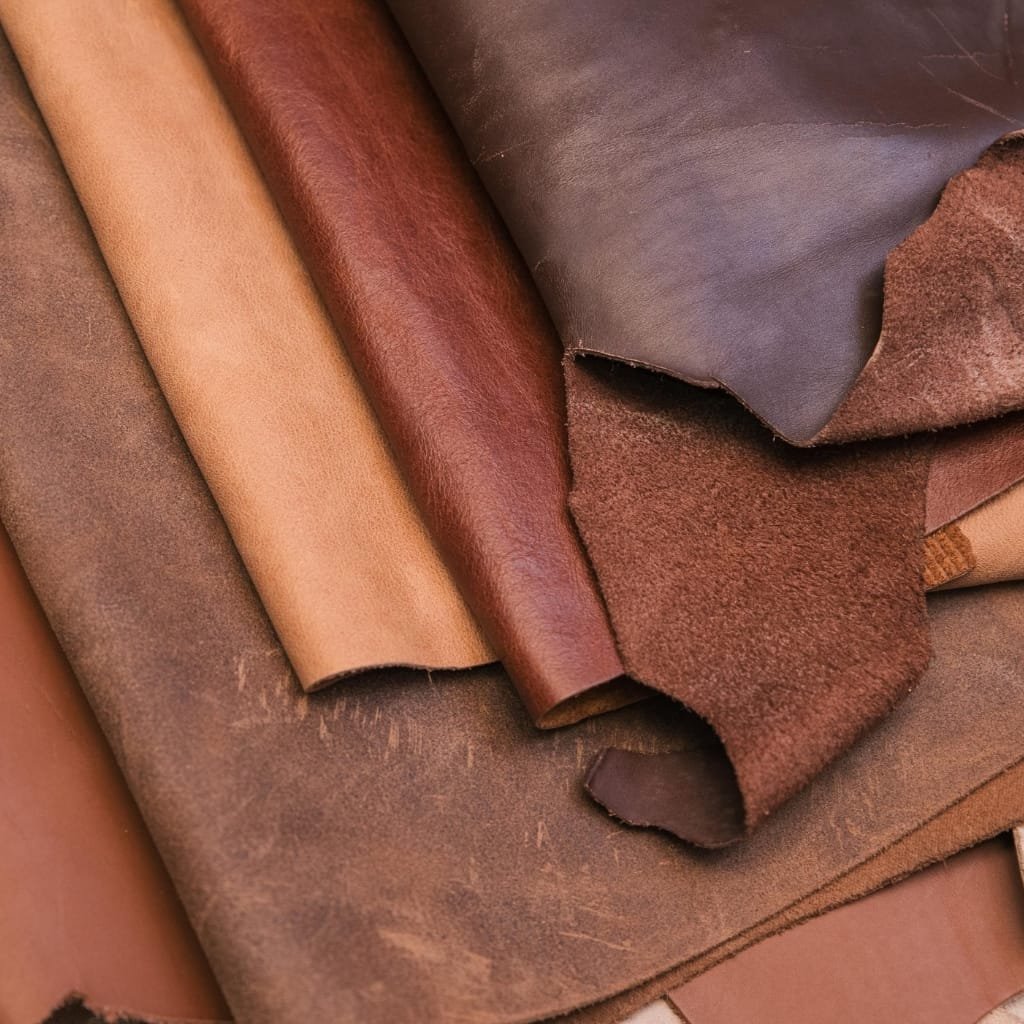
Applications of Flexible Buffalo Leather.
With Flexible Buffalo Leather’s comfort and durability, it serves many industry:
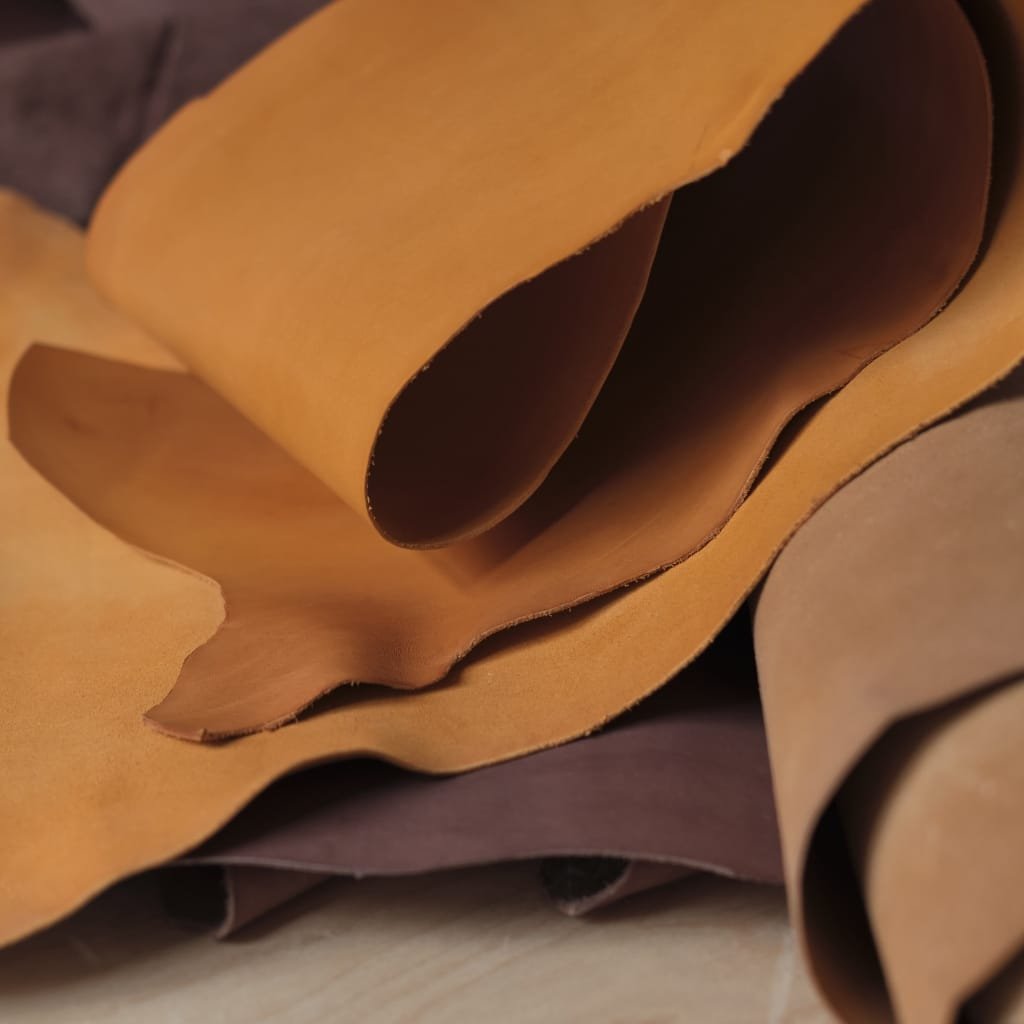
Fashion Industry
- Jackets: fashionable, tough, and water-resistant.
- Boots: durable but easy to adapt to foot.
- Belts and wallets: elegant; does not age.
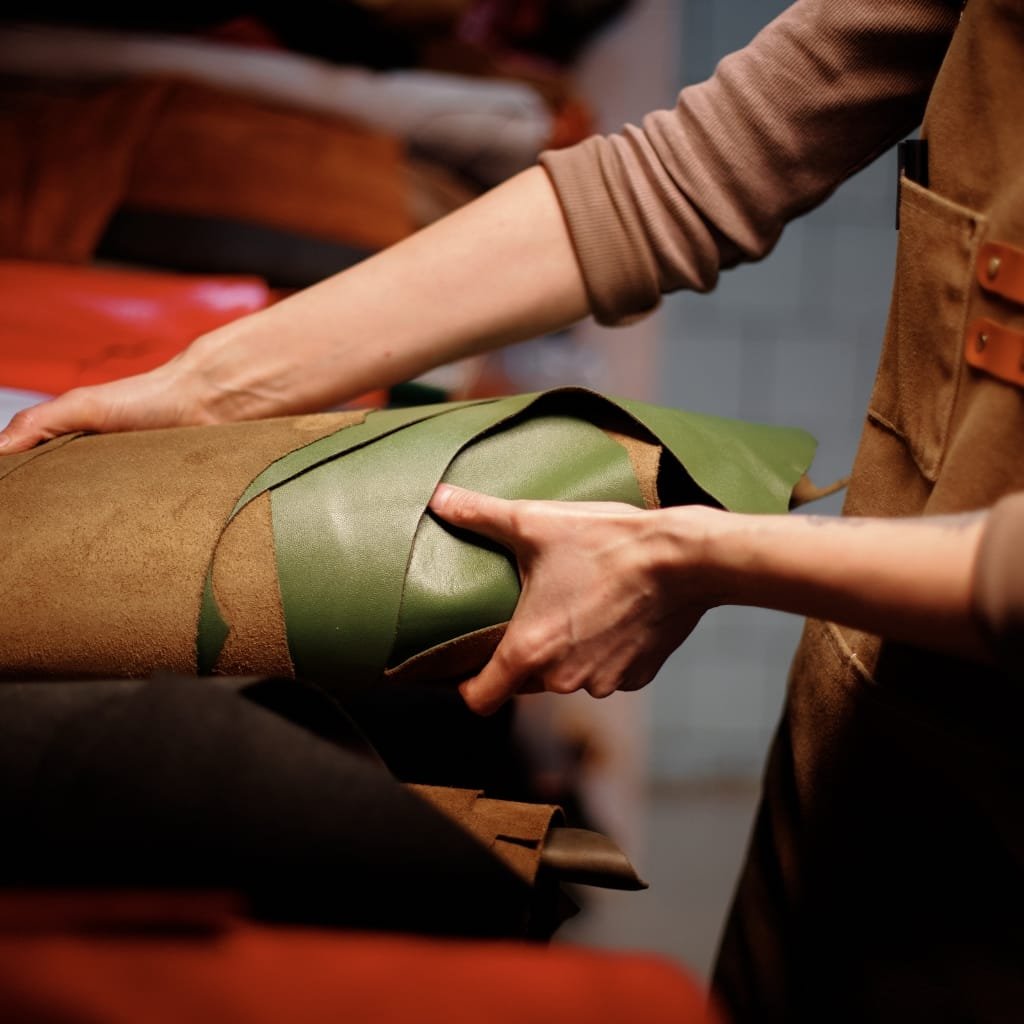
Furniture Upholstery
- Buffalo leather makes the sofas, chairs, and ottomans elegant and comfy.
Fashion Accessories
- The leather’s durability ensures that handbags, backpacks, and briefcases crafted from it will last for years.

Automotive Interiors
- Flexible buffalo leather seats and interiors are available in luxury cars for an exquisite touch.
Motorcycle Gear
- Buffaloreather motorcycle gear combines protection and ease of movement for riders.
Steps to Making Flexible Buffalo Leather
The steps to be taken to transform raw buffalo hide to leather are few and simple.
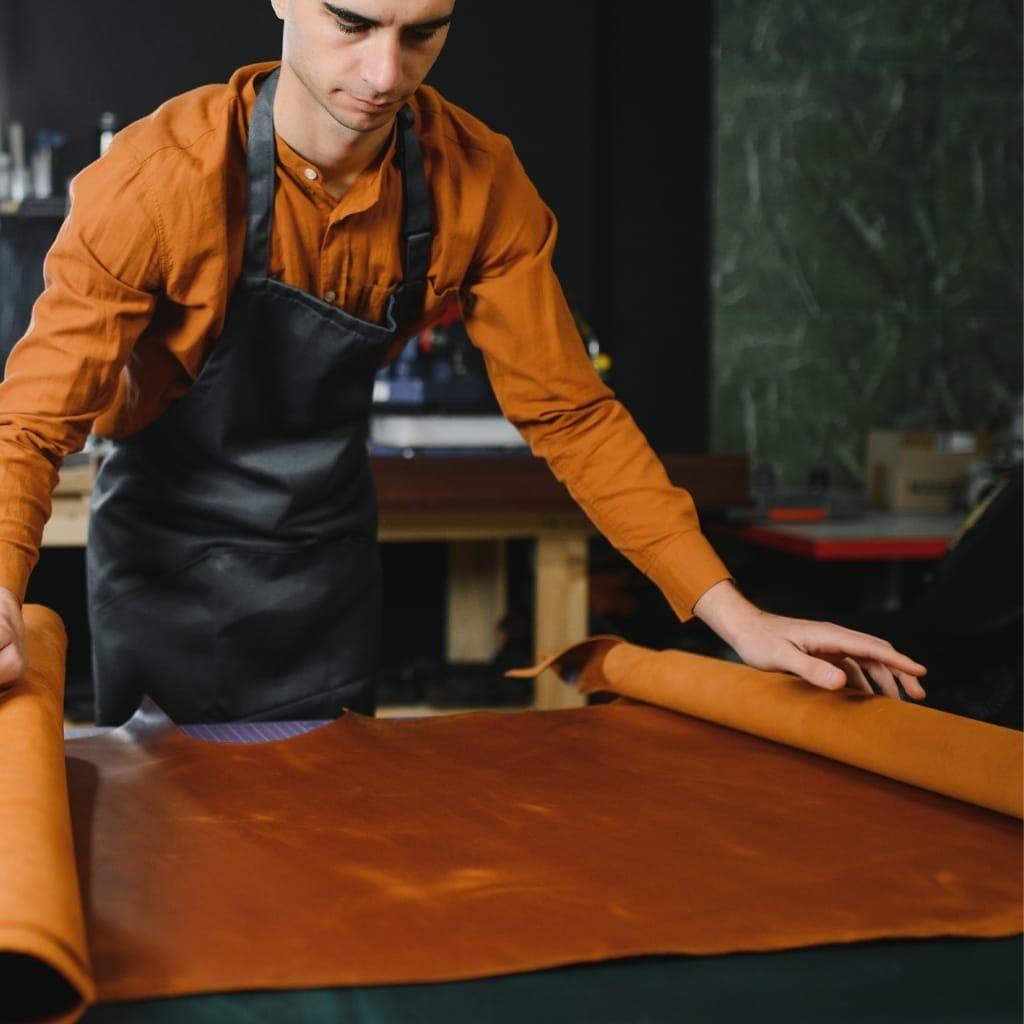
Getting the Hide
The hide is sourced from the water buffalo, which are mostly kept for milk and meat, making the hide a by-product.
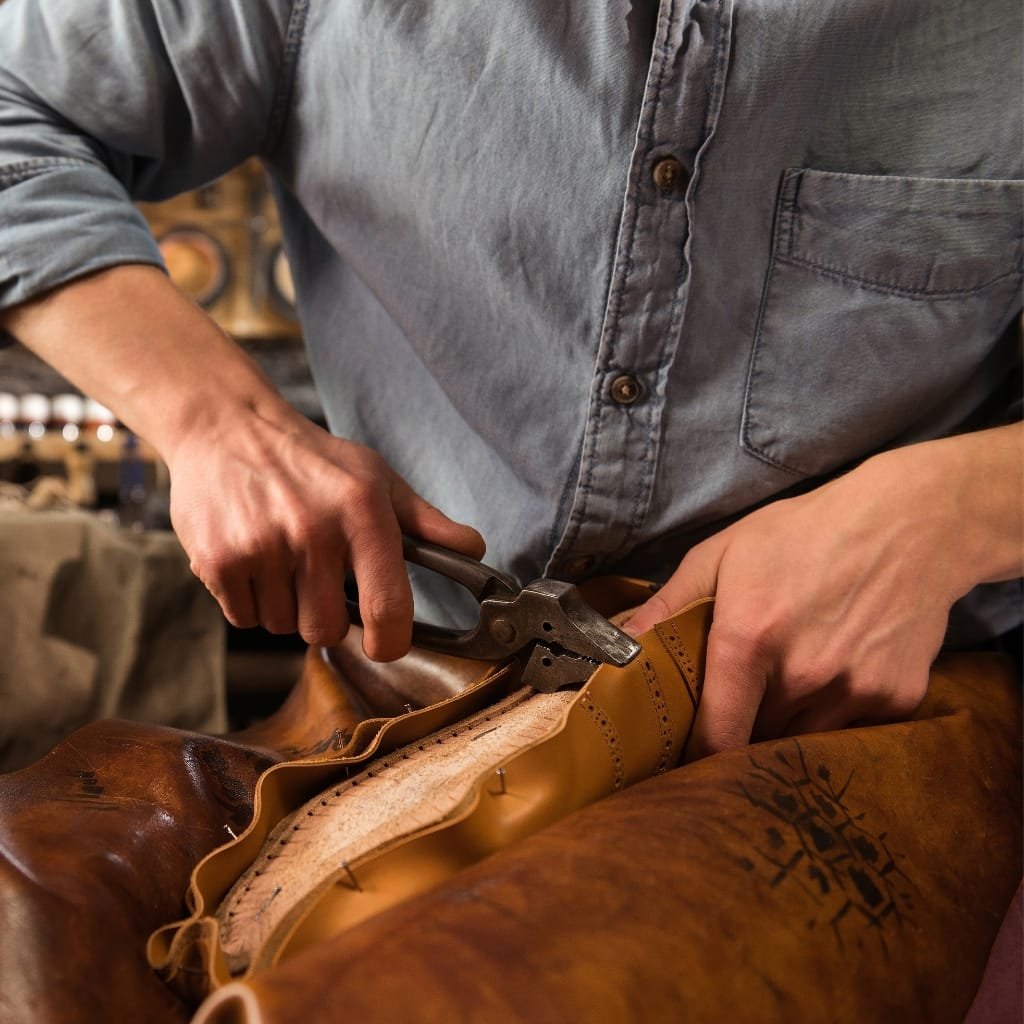
Cleaning and Soaking
The hide is devoid of hair and dirt, and both blood and dirt residues alongside it are removed. Washing hair is performed. Following this, cleansing via soaking is conducted to further soften it.
Tanning
Methods Affect Tanning on
- Chrome tanning. (Faster and Modern)
- Chrome tanning. (Traditional and Eco-friendly)
The tanning step is performed to preserve the hide and make it more flexible.
Conditioning
The conditioning process seeks to preserve the softness of the end product by applying natural oils and waxes.
Drying and Stretching
The product is preserved in predetermined shaped containers to stretch into desired and soft shapes.
Finishing
In processing the leather, the grain is polished or left untreated. Additional to the observed changes done to the grain, leather can have uppermost layers that include coating for protection.
Top Producers of Flexible Buffalo Leather
Some countries are more proficient than others when it comes to buffalo leather production. The following are the most important:
India
- World’s top manufacturer of water buffalo leather.
- Exports to Europe and North America.
Pakistan
- Renowned for quality leather tanning.
- Supplies leather to international apparel companies.
Bangladesh
- Emerging market for low-cost buffalo leather.
Vietnam
- Uses a combination of traditional and modern methods of leather production.
Italy
- World renowned for premium leather goods.
- Imports buffalo hides to manufacture top-quality finished products.
Types of Polyester Fabric (And the Comparison To Buffalo Leather)
Although leather comes from natural sources, polyester is a man-made product. Polyester is often used as a substitute by some sectors due to its low price. Some of the most common types of leather include:
Comparison of Leather with Polyester
- Leather is a more enduring material than polyester, and from an ecological point of view, more friendly if ethically sourced.
- Polyester has a wider array of uses and is cheaper, but has lower breathability.
Certification Types for Leather
Quality and ethical production are vital for the leather goods business. Here are the top leather certifications:
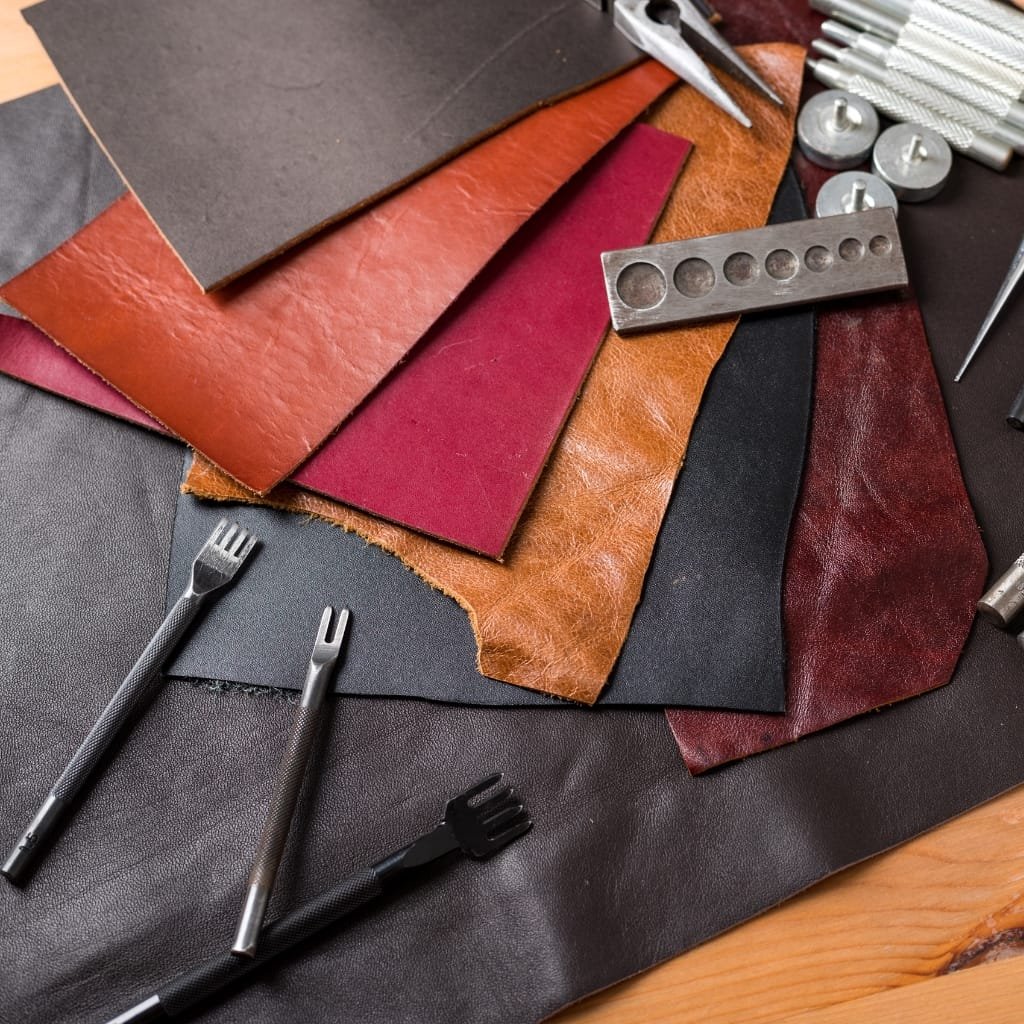
LWG (Leather Working Group)
- Advocates for sustainable leather processing.
ISO Certifications
- Guarantees standards of leather processing and ecology.
REACH Compliance (EU)
- Controls dangerously used chemicals in leather.
OEKO-TEX® Leather Standard
- Certifies leather is free of harmful chemicals.
USDA Organic (for vegetable-tanned leather)
- Concerns the natural tanning method.
Buffalo Leather and Polyester: a Comparison of Environmental Impact.
Buffalo Leather
- A byproduct of meat processing.
- Durable and minimizes waste.
- Eco-friendly vegetable tanning.
- Untreated leather is biodegradable.
Polyester
- Non-renewable fossil feedstock.
- Non-biodegradable and microplastic-producing.
- Often discarded in landfills.
Is Polyester Cheaper Than Cotton or Leather?
Indeed, polyester is much cheaper than both cotton and leather. Here’s why:
- Production Costs: Polyester serves as a cheaper raw material source.
- Leather costs more than polyester, which manufacturers derive from plastic
- Processing Time: Compared to polyester, leather’s weeks-long processing time is a significant difference.
However, cheaper does not mean better. Though polyester is cheaper, it does not feel as rich or last as long as leather.
Conclusion
Flexible buffalo leather offers a hybrid of the best supple comfort and extreme durability. A material as sleek and timeless as it is rugged and strong has undeniable, modern relevance, adding to its appeal. This leather satisfies all expectations whether it be for a classic jacket, a pair of rugged boots, or sophisticated furniture.
It weathers the years with grace, unlike synthetic fabrics. Unlike stiff hides, it gracefully moves with the wearer and offers comfort. With the right certifications and care, it’s also responsible for the environment.
For the discerning buyer seeking to invest in something that provides exceptional durability paired with comfort and timeless beauty that enhances with age, flexible buffalo leather is unmatched.
FAQs
Q1: Is flexible buffalo leather waterproof?
It is water-resistant but not fully waterproof unless treated.
Q2: How long does buffalo leather last?
With proper care, it can last 15–30 years or more.
Q3: Does buffalo leather stretch?
It offers flexibility but retains shape well. Over time, it adjusts to body shape.

